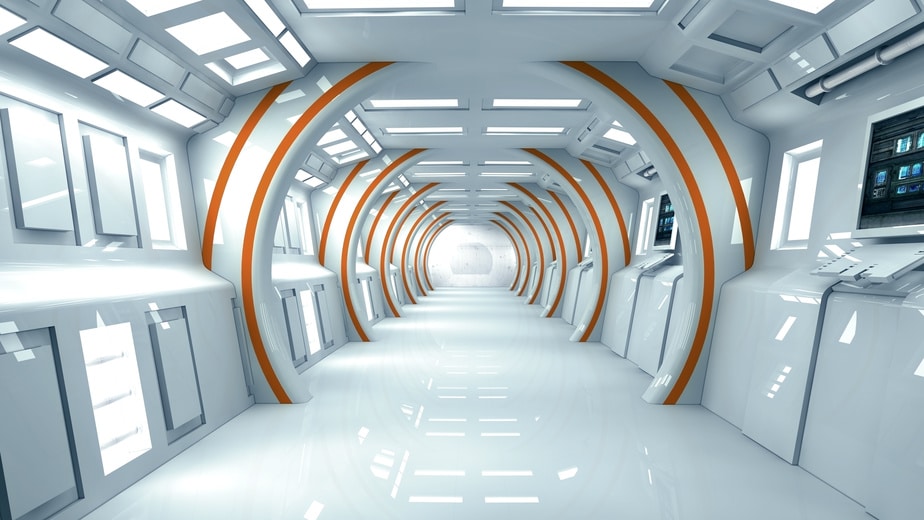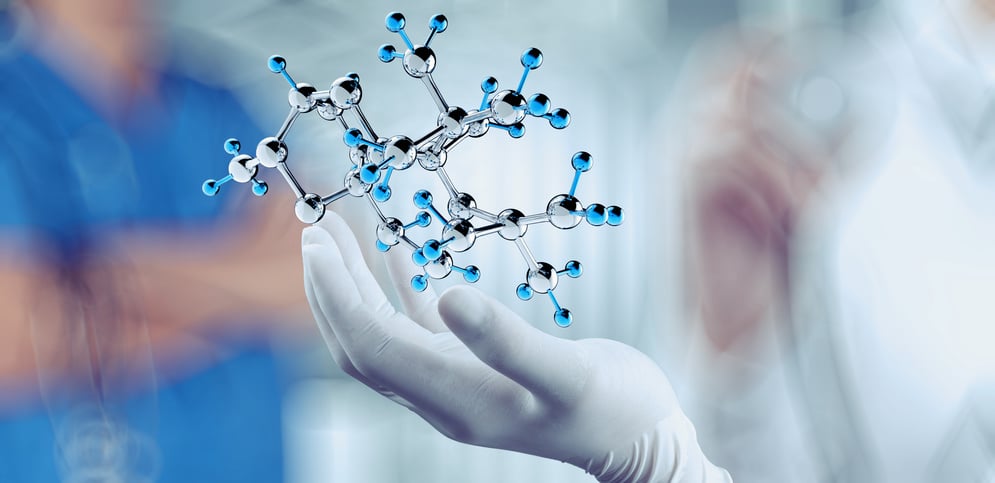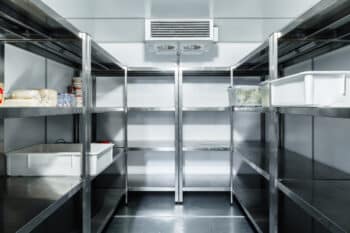As technology and science advances, so do the workplaces where these advancements are being made. Automation of routine lab work has reduced the physical footprint of labs already, and this is only going to grow over the coming years, as more lab work can be completed and analysed with technology. This also means that scientists will no longer need to spend a large proportion of their time in the lab, freeing them up for a more collaborative and ideas-based working programme. The future laboratory will need to reflect this change, with a choice of working environments replacing the space that was previously dedicated to traditional laboratories. Here we have rounded up the ways that labs are likely to change and adapt in the future, and what this could mean for scientific advancement.
Quick Navigation
Advanced Instrumentation
Automated Analytical Software
Technological advances are making advancements in science easier all the time, and automated analytical software is one of these technologies. As a significant amount of lab work requires repetitive testing to be done over and over again to consolidate results, it can often take a long time to prove the results of an experiment weren’t just fluke. This is made more difficult, because human error can affect the reproduction of results, causing scientists to question successful outcomes. Automated analytical software allows this work to be completed quicker, freeing scientists up to analyse outcomes and develop ideas, whilst also ensuring accuracy every time. As science labs move into the future, automated prep work and analysis will become ever more widespread, speeding up scientific advancement in a range of fields.
Data Acquisition Systems
The Internet of Things is big news when it comes to studying things scientifically. Advancements in data collection will give scientists access to unprecedented amounts of data, which will not only accumulate faster than scientists could produce it themselves, but also faster than they can analyse it. In the lab setting, advancements in collecting data, through sensors and other technologies, will speed up the process between development and completion of any new product or hypothesis. Competition between labs will, in some ways, be tied to this technology, with faster acquisition and analysis giving labs a head start on achieving patenting and approval first. Ultimately, this technology could lead to a huge leap in scientific advancements over the next few decades.
Virtual Labs
iLab
Another feature of science labs of the future is that they may no longer have to actually be in the lab to conduct experiments. Some schools and universities are already beginning to use online laboratories, such as iLab, to gain access to equipment that would otherwise be unavailable to them. In the future, this may mean that scientists are able to access equipment that is outside of their research budget. It allows users to access actual equipment remotely, giving real tracked data that can be used to teach the next generation of students, and conduct the next generation of experiments too.
 Less Time in the Lab
Less Time in the Lab
Advances in technology mean that scientists will have to spend less time in the lab, which will change the working patterns of many working in the industry. Within the next 10 years, it is estimated that scientists will spend 30% more of their time in their offices, or in meetings, and 20% less time in the lab. Laboratories will undoubtedly develop to reflect this shift in focus, creating collaborative and individual workspaces that work alongside the lab environment. Less time spent in the lab collecting data, and more time spent working collaboratively and alone to develop ideas, is likely to lead to an increase in scientific advancements.
Real Estate Designs
As millennials are beginning to enter the scientific workplace, it is becoming clear that many of the outdated designs of lab real estate are a hindrance when it comes to attracting the best and brightest young people. Flexible workspaces that are designed to promote the happiness and comfort of employees are becoming the norm in many industries, particularly digital and tech start-ups. More and more young people are looking to work in these kinds of environments, which encourage the creativity, collaboration and flexibility which is required to keep up with the modern world.
In the future, we are likely to see science laboratory real estate being redesigned to reflect this shift, with a greater focus on natural light, comfort and choice in the workplace. Cross-discipline campuses are also likely to become more popular, allowing collaboration between researchers, and promoting innovation and advancement.
Flexible Working
Another cultural change that is being spearheaded by the influx of young scientists entering the industry is the shift towards a more flexible style of working. Work-life balance is becoming increasingly important to young people embarking on their careers, and this is something that the science labs of the future will have to reflect. With automation, robotics and computation research making such changes to the lab environment, it is no longer necessary for labs to support the needs of human workers to the same degree. It also means that scientists can do much of their work outside of the lab, whether this is in different working environments around the office, in a coffee shop, or at home. Smart working environments that allow for a highly mobile workforce are likely to become a common feature of science labs, promoting collaboration, innovation, and improved work-life balance.
If you want to propel your laboratory into the future, or simply upgrade your working environment, contact our leading team of research suite suppliers and fitters at InterFocus via our homepage or by calling 01223 894833 to make sure that your lab is as innovative as your research.






